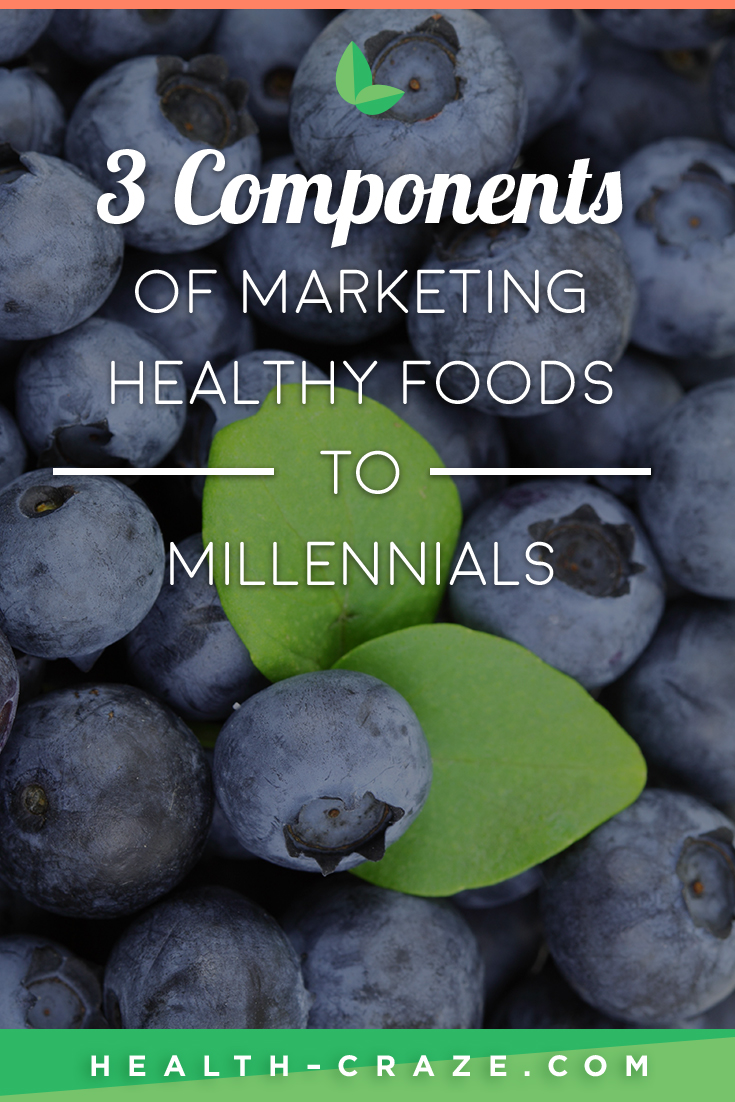The trick for marketing healthy food in the 21st century may not be changing campaign strategies, but instead modifying products (think: ingredients, portion) to meet millennial demands. Millennials don’t think of diets as weeklong binges on liquids, but instead long-lasting habits that make them look and feel better. Matching this mentality is a key step in marketing to it.
What this means is that the younger generation, unlike their parents, are not won by health products marketed to include the word “diet,” or promote the idea of a temporary fix. Over the years, hallmark brands like Nutrisystem, Jenny Craig and Weight Watchers have seen a loss in sales, credited to self-maintaining apps like Fitbit, which makes the work of your Jenny Craig personal consultant obsolete and overpriced.
Looking closer at Millennial eating habits, a mother might be concerned. “Did you even eat today?” I ask my college-aged daughter after she tells me the number of uninterrupted hours she’s been in the library. Instead of listing hearty meals, she’ll string off a number of snacks she’s brought along to the library, class and on the go to meet the demands of her 100-mile-an-hour lifestyle. Health experts now say that, contrary to the outdated tradition of three meals a day, eating less with higher frequency can speed up metabolism. The idea is logical; eating six small meals a day keeps you consistently full and eliminates binge eating. Much better than the starved worker yanking open the refrigerator door after an 8-hour fast at the office. Smaller meals are good news for brands looking to experiment creatively with smaller portioned snack products. One product that has caught on to this Millennial lifestyle trend is E&C Snacks’ Hunkola, a snack bar blending granola and cookies together using whole ingredients with servings broken into three, bite sized pieces. Convenient, tasty, and satisfying. Marketing healthy food done right.
Beyond changing up the meaning of a meal, Millennials are willing to cut certain food groups out of their lifestyle completely if it will help them stay healthy. Whether the conditions be real or imagined, casting a wide net over millennial consumers in 2016 means catering to celiac and Paleo restrictions. The marketplace for vegetarians, vegan, Paleo, glutten-free, and raw diets breaks down to a $84.6 billion business in the United States, and not just for those afflicted by severe gluten allergies. According to a study conducted by Forbes, a gluten free diet is experimented by consumers who are mindful of treating a host of other health concerns beyond celiac disease, like asthma, skin conditions, irritable bowel syndrome (IBS), ADHD, reduce bloating, weight management, balance blood sugar, boost energy and mental clarity. What you’ll find is that making a product sensitive to restrictive diets will actually make it more inclusive, rather than exclusive.
Although sometimes labeled as fickle creatures, millennial consumers know what, and how, they want to eat. The only question arises with who is going to give it to them. Will you be the one marketing healthy food to the millennials?


